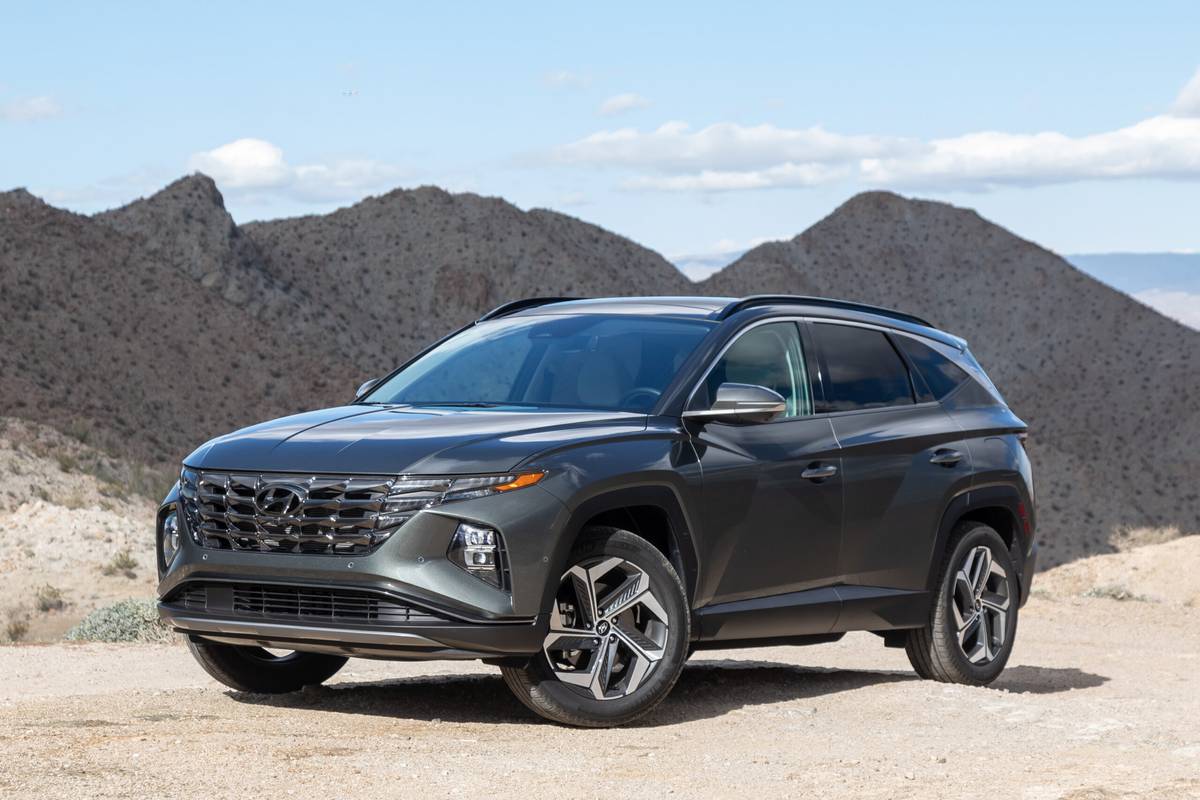AZCentral.com's view
Sequoia is a big name for a big truck that casts a big shadow.
For Detroit builders of such behemoth craft as Tahoe and Expedition, this off-shore shadow is ominous indeed.
Sequoia is Toyota’s first foray into the land of the giants. It’s also the first time any Japanese nameplate has targeted that most lucrative of U.S. market niches, the full-size sport-utility vehicle.
Two years ago, Toyota courted the all-American buyers of full-size pickup trucks with its well-received Tundra.
Now the Tundra platform has spawned Toyota’s first truly large SUV. Sequoia is bigger than a Chevrolet Tahoe/GMC Yukon and nearly as big as the popular Ford Expedition, though still a shrinking violet compared with the mighty Chevy Suburban or gargantuan Ford Excursion. But what makes Sequoia an instant heavy hitter is bigger than the truck itself.
That would be Toyota’s towering reputation for durability and reliability, bolstered in recent years by its upper-end Lexus brand. A generation of drivers has grown up trusting Toyota products, and now they’re putting their families in SUVs, mainly for the sake of comfort, practicality and safety.
So Sequoia steps out with its reputation already lying before it, but it also delivers the goods. This boxy heavyweight actually drives pretty nicely, with responsive steering, a smooth ride, and handling that is, well, not too bad for a boxy heavyweight. A high profile and soft suspension lend to significant body sway, but the Sequoia does go where you point it with little fuss.
On the road, what really stands out is that fine 4.7-liter V-8, the same 32-valve “i-Force” engine used in the Tundra. It runs smoothly and quietly, delivering 240 horsepower and an impressive 315 pounds-feet of torque, enough to make this 5,295-pound wagon feel light and lively.
But yes, making a 21/2-ton truck run like a hot rod does have a downside. Gas mileage is pretty much abysmal. Even on the highway, the strong engine, solid heft and blocky “aerodynamics” gang up for a low 17 mpg, the EPA says.
Toyota has hedged its bets nicely if gas prices pull the rug out from under large SUVs. The automaker offers no fewer than five distinctive SUVs: the diminutive RAV4 and compact Highlander, both of which deliver decent mpg, plus the popular 4Runner, stalwart Land Cruiser, and Sequoia. Add in the upscale Lexus version of Land Cruiser, the LX470, for an amazing range of niche-fillers.
Land Cruiser, best known for its go-anywhere capabilities, is the priciest Toyota (not including the Lexus version), coming in about $10,000 above Sequoia. Land Cruiser may be the thing for safari, or Arizona boondocking, but Sequoia is aimed specifically at the comfort zone of U.S. families.
Inside the Limited version tested here is a lush, nicely designed cabin with three rows of comfortable leather seats and room for eight humans. It’s complete with a ple thora of cupholders, cubbies, front and rear climate control, grocery-bag hooks, four 12-volt power outlets and a decent amount of cargo space in the rear.
Access to the third row of seats is not great, but the second row does fold forward to reveal an unobstructed passage to the rear. The third row folds forward easily to create a big, square cargo area capable of carrying all kinds of junk. Or you can take out the third row altogether, fold forward the second row and turn this baby into a real lumber hauler.
For your human cargo, there is also a full load of power, convenience and safety features, including side-impact air bags (side air curtains for front-seat passengers are optional); reinforced impact zones; standard anti-lock brakes, traction control and electronic skid control; and three-point seatbelts for all eight positions.
A great feature: the seat backs of the second and third row recline.
Sequoia is comparable with Expedition, ugh the Ford has more broad-shouldered appeal. Tahoe has the price edge, but the Toyota has that reliability thing, and that’s some powerful stuff.
Latest news



